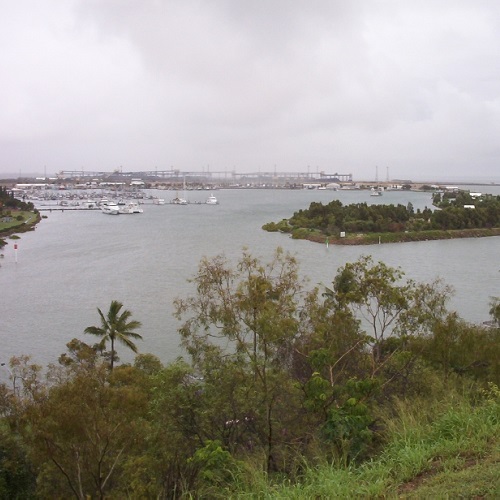Regional STEM Hubs
Inspiring Australia Queensland provided funding support to assist many communities across Queensland to establish Regional STEM Hubs. Regional STEM Hubs work on growing science engagement in their region and promoting the value of science, technology, engineering and mathematics.
The aims of Inspiring Australia Regional STEM Hubs in Queensland are to:
• connect those working in or around STEM in the local area
• look for opportunities to collaborate on activities and events, and avoid duplication
• promote STEM opportunities and expertise in the region and build the profile of STEM across Queensland.
Participants in the current STEM Hubs include universities, councils, schools, non-profit groups, local business, industry, government departments, museums and libraries.
Regional STEM Hub activities will vary according to the priorities and commitments of the hub members and can range from updates on current events and projects to resource sharing, input to regional policy or running collaborative events. They are also a useful mechanism to coordinate and cross-promote regional activity in times such as National Science Week.
Want to start a Regional STEM Hub in your local area?
Inspiring Australia Queensland provides support and funding to assist communities across Queensland to establish Regional STEM Hubs. Regional STEM Hubs work on growing science engagement in their region and promoting the value of science, technology, engineering and mathematics.
In addition to yearly grant funding, Inspiring Australia can provide support to any regions interested in setting up a STEM Hub, including hosting community information sessions, attending community meetings, providing an online space to share information and sharing the experiences of other regions.
Inspiring Australia will provide STEM Hub funding through an expression of interest application. See below for details about how to apply.
Expressions of Interest
Applications received will be assessed on their merit against the criteria below. If you are successful in your expression of interest, the lead agency for the application will be required to sign a formal grant agreement with the Queensland Museum, who host the funding.
Requirements
- Nominate a lead agency who will be able to host and acquit the funding. They must hold public liability insurance to the value of $10 million and be an incorporated body.
- Nominate a steering committee with four (4) to ten (10) members. This must comprise of at least four different types of organisations (university, primary school, high school, library, council, government department, non-profit organisation, local business, etc) with not more than two (2) members from any one type of organisation.
- Demonstrate that a broad range of organisations in the region have been invited to participate in this application
- Nominate four dates in 2023-4 where open community meetings will be held to share activities, identify opportunities to collaborate, and to host guest speakers, where appropriate
- Nominate priorities for the use of the Inspiring Australia funding over the grant period. This funding can be used for coordination of the hub, holding meetings, running events, auditing and promoting current local STEM activities, and encouraging collaboration between local organisations, or other activities as agreed with Inspiring Australia.
- Publish all STEM Hub events and meetings to the Inspiring Australia website, and encourage all STEM Hub members to publish their own events to the website throughout the year.
- Prioritise activities targeted particularly towards traditionally under-served communities (including remote, early years and parents, women, Aboriginal and Torres Strait Islander people, low socio-economic regions)
- Expend all funds by agreed date.
- Report on activity and expenditure.
Selection Criteria
- Ability to meet the above requirements for funding
- The diversity of organisations involved in the committee
- The capacity of the lead agency to manage the funding
- The scope of the proposed activities presented
- The ability of the hub to reach a broad cross-section of the community





